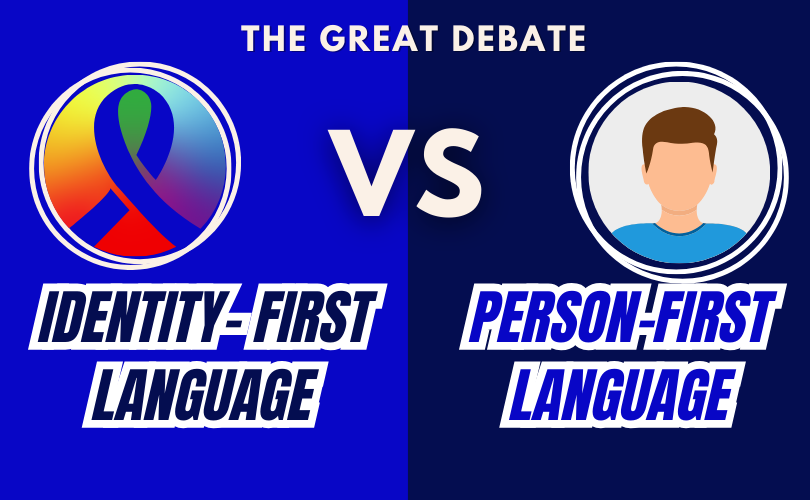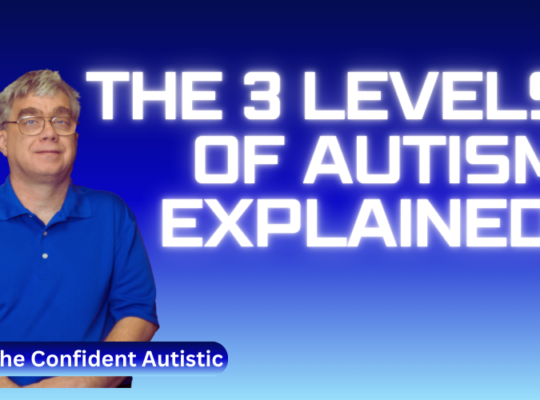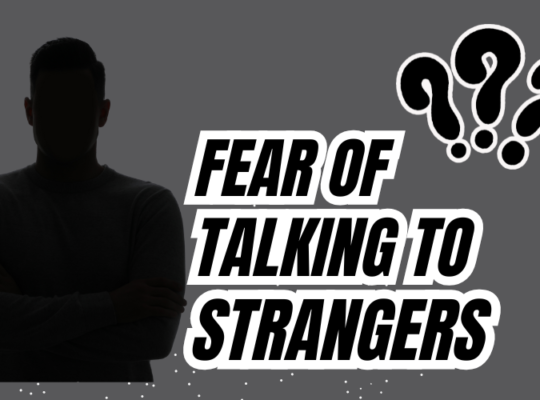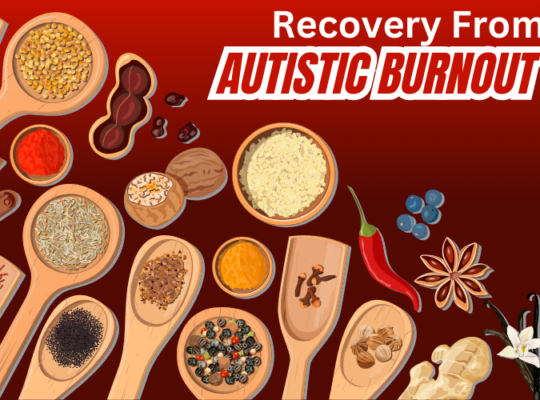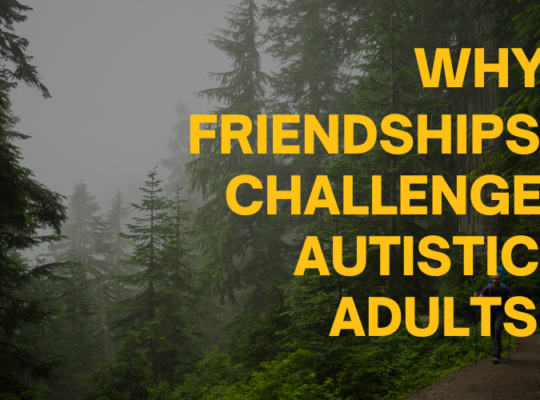There has been a debate in both the disabled and Autistic community for years, it focuses on how a person prefers to self-identity and that boils down to the choice of person-first language vs. identity first language.
Person-first language emphasizes the person before their disability or condition. For example, “person who is Autistic” or “people with Autism”.
The goal of person-first language is to avoid language that dehumanizes or stigmatizes people. Historically, people with disabilities were often referred to by the name of their disability, which denied their individualism.
Identity-first language emphasizes the person’s identity, including their disability or condition. For example, “Autistic Adult”
Why is this such a sensitive matter for the Autism community
For years person-first language vs. identity-first language has been a very sensitive debate not just in the Autistic community, but in the disabled community.
The debate centers on how to respectfully refer to individuals with disabilities. This debate is centered around how to respectfully refer to a person with a disability, such as Autism.
For many it boils down to choosing between prioritizing the person (“person with a disability”) or acknowledging the disability as a core part of their identity (“disabled person”).
The debate can be deeply personal and reflect different perspectives on disability within the community itself.
There are some within the Autism and disabled community who feel that putting the disability first can be stigmatizing, while others believe it is important to embrace their disability as a part of who they are.
What makes person-first vs identity-first such a sensitive debate?
There are 2 main factors that fuel this debate.
Power dynamics: A person-first language can inadvertently imply that disability is something negative that should be separated from the person and identity-first language can empower individuals to embrace their disability.
Community preference is an important factor. While some sections of the disabled community may prefer person-first over identity-first language, (as different disability groups may have varying views on which language is most respectful) that preference often will influence how an individual prefers to self-identify.
In the Autism community, identity-first language is generally preferred over person-first language, as many view Autism as a core part of their identity and prefer to be referred to as “Autistic” rather than “a person with Autism”
There are 2 factors why many in our community may choose identity-first language over person first language and the first is self-advocacy.
Many self-advocates withing the Autism community activity promote identity-first language as they see it as a way to reclaim their identity and reduce stigma.
The second factor that supports identity-first language in the Autism community is the neurodiversity movement.
The neurodivergent movement emphasizes that Autism is a natural variation in the human brain instead of a deficit. This belief further supports the use of identity-first language.
Which is preferred? Person-first and identify-first language.
Using the wrong language can be perceived as dismissive or disrespectful, highlighting the need to be sensitive and mindful when discussing someone’s disability.
Although there is no clear consensus within either the disabled community or the Autism community, many would agree that both person-first and identify-first language are equally appropriate.
In most formal writing, person-first language is used more often than identity-first language. However, many people within the Disabled and Autism community, particularly younger people, are choosing to use identity-first language over person-first language.
How a person chooses to self-identify is a personal choice, and you should not correct or admonish them if they choose one over the other.
Knowing how a person self-identifies can be tricky at first, but there are a few strategies you can use to determine if a person-first language or identity-first language is appropriate.
When in doubt, you can determine if someone prefers person-first language or identify-first language by either listening to how they refer to themselves or others in the disabled community, reading their bios on social media, or by respectfully asking them which they prefer.

